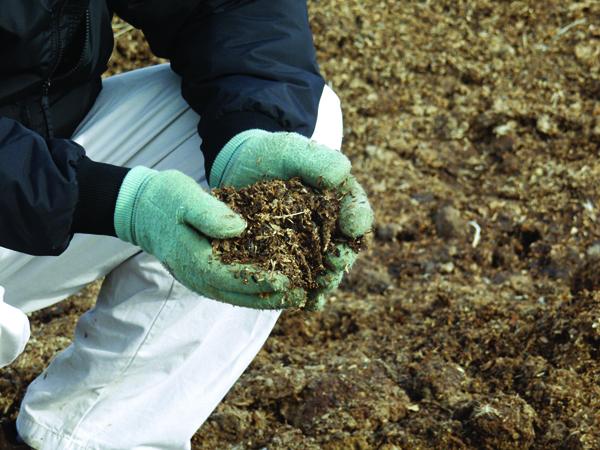Determining the Economic Value of Poultry Litter
Understanding the nutrient content of a ton of poultry litter that you are purchasing/selling is critical. How are you supposed to determine the value of litter if you don’t know its content? That is why sampling poultry litter for nutrient content is so important and is the first step at determining the value. Dr. Edwin Ritchey, Extension Specialist in the Department of Plant and Soil Science at the University of Kentucky, has reviewed over 700 hundred samples of litter across the state and one thing is clear, there is significant variability in nutrient content. What does this mean? The value of poultry litter will vary and there are risks involved from not testing for nutrient content.
The table below summarizes the samples reviewed by Dr. Ritchey and the range in actual nutrient content is significant. For example, actual nitrogen ranges from 7 lbs per ton (dry) to 186 lbs per ton (dry). However, not all of the nutrients identified during testing will be available to the crop like traditional commercial fertilizer. Nutrient loss will occur based on the timing of application, method of application and soil conditions. Nitrogen has the potential for significant loss after application due to ammonia volatilization, denitrification and/or leaching.
Estimates for nutrient availability to the crop can be found in the University of Kentucky’s AGR-146 - Using Animal Manures as Nutrient Sources. Using the nutrient availability in AGR-146 and today’s fertilizer prices, the value per ton (before delivery and application) are calculated and presented in the table. With this wide range in value also comes risk. Of the samples collected by Dr. Richey, 35% had a value less than $40/ton (before delivery and application).
However, the value of litter can vary from the above values. The assumed availability of nutrients will change based on when the litter is applied (spring vs. fall application), how it is applied (incorporated vs. non-incorporated) and individual soil test data. This coupled with transportation/delivery costs, application costs, and the variability in fertilizer prices all contribute to the value of poultry litter varying on a site specific basis and year to year.
For more information, contact the Butler County Extension Office at 112 E GL Smith Street, Morgantown, or call 270-526-3767.
Educational programs of the Kentucky Cooperative Extension Service serve all people regardless of race, color, age, sex, religion, disability, or national origin.

By: Greg Drake II, County Extension Agent for Agriculture and Natural Resources
Source: Jordan Shockley, University of Kentucky Agricultural Economics
- Log in to post comments



























